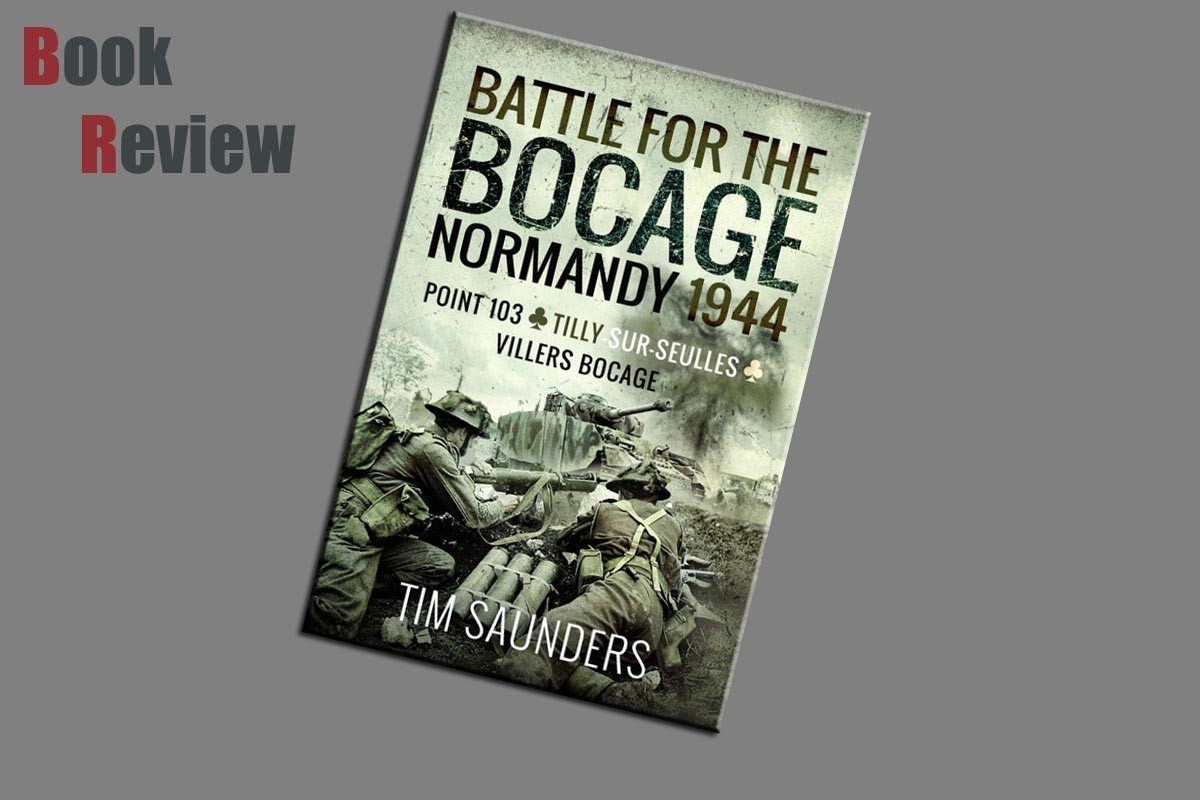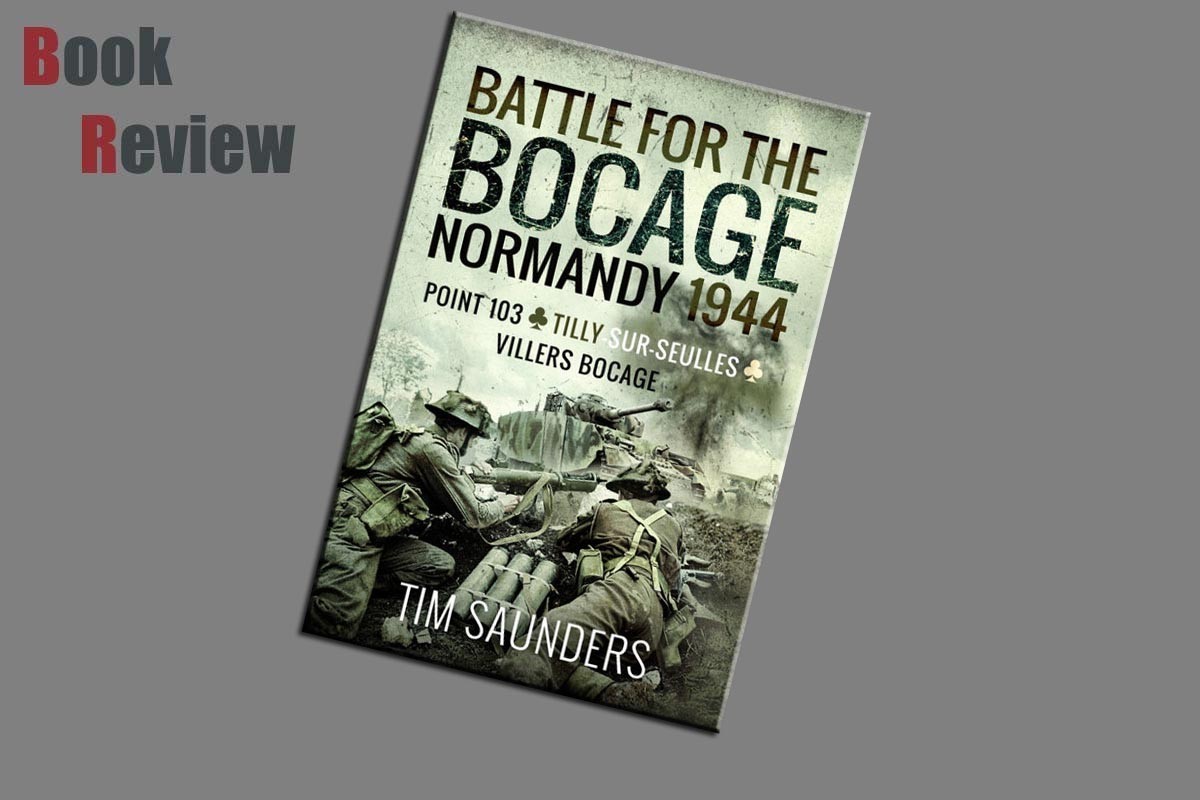
Introduction
The following introduction is taken for the Pen and Sword website:
This is the story of the fighting in Normandy by the veteran desert formations brought back by Montgomery from the Mediterranean in order to spearhead the invasion; 50th Infantry and 7th Armoured divisions, plus 4th Armoured Brigade. Heavily reinforced by individuals and fresh units, their task beyond the beaches was to push south to Villers Bocage with armour on the evening of D Day in order to disrupt German counter-attacks on the beachhead.
Difficulties on 50th Division’s beaches and lost opportunities allowed time for the 12th Hitlerjugend SS Panzer Division and the equally elite 130th Panzer Lehr Division to arrive in Normandy, despite delays of their own caused by allied fighter bombers. The result was 4th Armoured Brigade’s thrust south encountered opposition from the start and was firmly blocked just south of Point 103 after an advance of less than 5 miles.
A major counter-attack by Panzer Lehr failed, as did a renewed British attempt, this time by the vaunted 7th Armoured Division, which was halted at Tilly sur Seulles. From here the fighting became a progressively attritional struggle in the hedgerows of the Bocage country south of Bayeux. More and more units were drawn into the fighting, which steadily extended west. Finally, an opportunity, via the Caumont Gap, to outflank the German defences was taken and 7th Armoured Division reached Villers Bocage. Here the County of London Yeomanry encountered the newly arrived Tigers of Michael Wittmann, with disastrous results. The Desert Rats were forced to withdraw having lost much of their reputation.
There then followed what the battalions of 50th Division describe as their ‘most unpleasant period of the war’, in bitter fighting, at often very close quarters, for the ‘next hedgerow’.
Review
This offering from Pen and Sword title Battle for the Bocage Normandy 1944, is authored by Tim Saunders. This is a hard backed book containing 360 pages of a good quality matt paper. The book covers the efforts of units that had been successful in North Africa and placed them in a fight against the Germans in Europe. The text in this book is all in English and takes you through the plan for the Allies to work their way through the Bocage of Normandy. Many people, myself included think of a hedge as something about two feet wide and six to eight feet tall, where as the hedges along the roads on Normandy separating them from the fields would more rightly be considered as wooded due to them being very thick, heavily overgrown and as much as forty feet tall with mature trees.
The book looks at the men who planned, the vehicles prepared and the men who did the fighting, on both sides of the fray. With the Allies going into the fight against the 12th Hitlerjugend SS Panzer division and the 130th Panzer Lehr division. You are guided through the to the to and fro as the battles raged for many days, with both sides taking heavy losses. For the British infantry of the 50th division this part of the war is widely recorded as being the worst of it for them. Due to storms they were poorly supported, and heavy fighting took place at all times with units testing German positions day and night trying to break the enemy. The Germans did not have it all their own way, as their tanks suffered looses, and perhaps more disasterously break downs restricting the number of vehicles available to them.
Along with the text that tells the story in good detail, we are rewarded with a large number of period photographs showing some of the people who took part, and the people who planned. Plus images of various aspects of the combat that took place. Ariel photographs and maps take you through the advances and retreats of those involved, and even provide drawings of defensive positions encountered by Allied forces, resulting in a well rounded and enjoyable read with text broken up by well chosen and located images.
Conclusion
This offering from Pen and Sword is a great read for anyone wishing to read about the fighting during the early period after D-Day, covering the issues encountered and how they were defeated or not and helps bring to life the lives of the men fighting at this time. Richly embellished with a mixture of period photographs and diagrams that better help you understand some of the text.

